Coming in as a novice entrepreneur and running your own website or blog page, you’re probably trying to wrap your mind around the best ways SEO can bolster your stats on search pages and generate good business.
Your efforts are probably met with common SEO humps such as weak web traffic, less than desired conversion rates, and poor user experience. All of which can be remedied by applying good SEO tricks.
That’s where we come in. With a few tweaks to your website using the tips we’re about to teach you, you can give it the glow-up that can solve those (and more) issues.
What is SEO?
SEO or Search Engine Optimization are strategies used to enhance your website’s chances of getting ranked higher (and thus showing up on the first few pages on the search results) on search engine algorithms.
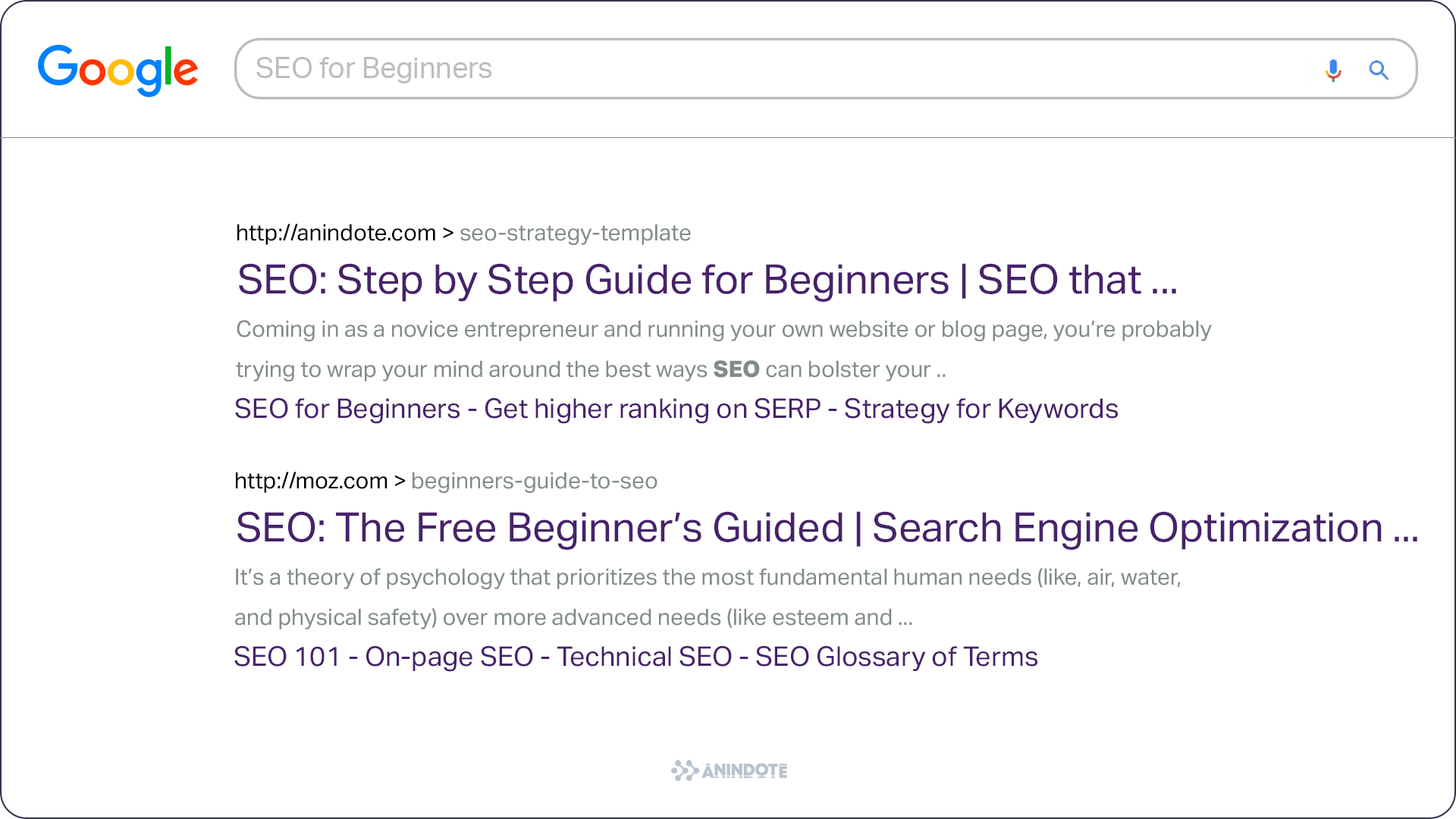
When fetching for related results, Google combs through millions of content and uses its extensively intuitive algorithms that factor in things like:
–keywords on your title, headers, and descriptions
–how fast your page loads
–how credible your content is (based on how many times you were sourced by other pages)
–how easy it is to read your content
Pretty extensive, isn’t it?
If you want your website to pull its weight in marketing your brand — read on.
Why do I have to know more about SEO?
Your website represents your online presence so the goal is for it to be noticed to create busier traffic on your page. More visits would mean a higher chance of converting visitors to customers.

Learning more about SEO can also cut you some marketing budget because it’s cost effective. Just strategic placements of keywords can get you on the map. Plus, it lasts longer than ad campaigns where it only airs for an x number of days/months.
With Google constantly evolving, it’s expected that their search engine results also get smarter by the day. Regular updates keep website managers on their toes in providing the best and most up-to-date page experience for users.
With the May 2020 update, Core Web Vitals are put in higher regard because of how users preferred pages with excellent UX (according to studies and research). These are your:
○Loading speed
○Interactivity of page
○Visual stability

Low ratings on these factors and your website may end up at the bottom of the SERP barrel. Fortunately, these can be sorted out with the tips we covered in this article. You will have the tools to rebuff and refine your website to live up to Google’s polished expectations.
Convinced to overhaul your website to better standards? GREAT!
13 Tips for SEO That Work

Let’s get down to business!
Get cozy, and get your coffee fix (or tea, whatever helps your productivity) because this is quite an earful.
But don’t turn away just yet, because this list is specifically designed for new ears.
Write Quality Content
Determine YOUR Key Metrics
Clean Your Page Up
Keywords – Your keywords must be strategically placed in your content to trigger search engine crawlers to recognize its relevance to the topic to increase your chances of ranking higher.
Generally, you can look up keywords related to your business with LSI generators. LSI or Latent Semantic Indexing is Google’s way of determining which words are usually used together based on search patterns. Ideally, these are the words you want to use on everything that goes on your page.
Metadata – Meta descriptions are a short but detailed account of what the article is going to be about. Think movie trailers or the book summary at the back of every book.
Metadata also includes your content titles, headings, and file/image names. All of which should include the keywords you’re aiming to rank for.
People use meta descriptions for their come-on or buy-in for people browsing, while all metadata are so you get pulled for ranking on search engines. So don’t forget to include them in all your content.
Editing old content and making it more readable. (short and sweet paragraphs and more casual language in writing)
Validating backlinks you used previously (remove or change ones that don’t work anymore)
Improve existing content by updating keywords making them more viable for longer terms
Weeding out outdated content that isn’t relevant or useful anymore
Adding subtopic content that might be missing from previous topics
Removing or merging duplicate content
Re-structuring messy URL
Fixing error pages
Taking out anything that might be slowing your loading speed
Get Technical with On-Page Optimization
LSI keywords – Zero in on keywords that can generate you the most traffic. Be tactical in choosing them because there are many ways to capitalize on the right keywords. (More on that later)
Metadata optimization – Now that you have your LSI keywords, use them on your title, description, the body of your content, as well as the filenames on the images embedded on the site.
Title tags – Add tags on your title and images to get pulled for searches more often. Use less than 60 characters and use buzzwords to hit the right target audiences more accurately.
URL structuring – Naturally, your URL should also have your keywords. (You get the pattern now, right?) Make it less than 100 characters and organize it sensibly. Avoid using stop words and underscores for better ranking.
Content length and structure – Ideally, you want your content to be around 1,600 words. Long enough to be informative and useful but not too long that it becomes hard to read. Structure your write-up in easy-to-read paragraphs so readers can skim and scan if they want to.
Body copy – Copy in advertising is a creative output that gets people interested (and hopefully buy and subscribe) in your brand or product. What this means for you is to write fun content that’s not just loaded with keywords.
Links – There are 2 types: internal and external. Internal links are the ones found on your website, while external ones are outsourced from reliable sites. Both are highly recommended and are equally useful.
Excellent User Experience – No one likes browsing on laggy sites so make sure your website runs at its best performance. If you’re subscribed to a web developing service, such as Anindote, get regular check-ins to make sure your site has green lights across the board.
Build Relevant Backlinks
Partner with influencers
Check out reputable lists, collections, directories in your line of business, and make sure you’re there
Share your content on social media
Create interesting and sharable infographics
Comment on forums
Invite guests on your blogs
Rank for Long-Tail Keywords
Google’s Featured Snippets
use the keywords you’re already ranking for
improve your overall ranking because Featured Snippets are usually picked from the top 10 ranks
check out opportunities with Ahrefs “organic keywords” report for your content
write a 40 – 60-word snippet bait as most Paragraph Snippets are usually about 60 words long
apply H2 and H3 headers for your lists and bullet points to get pulled by search engines for List Snippets easier
format your tables that’s easy to understand for a shot at Table Snippets
Google Passages Ranking
Capitalize on Visual Content
Make sure that your page is mobile-friendly. Since images are captured by cameras, mobile devices are the likely tools for visual searches.
Use your keywords on image filenames and alt texts for SEO advantages
Use long-form content because they factor in for image SEO as well
Videos on Content
Choose trusted video platforms like Youtube, to make it easier to link, embed, and share. And it doesn’t hurt that since YouTube is so popular, your visibility is expanded to even greater scopes.
Chop long videos into “chapters” (a feature on YouTube), so viewers can skip to the specific topic they want to get at.
As always, add your keywords on video titles, descriptions, and tags.
Add a transcript for every video to cater to a larger audience. Your transcripts serve as your video’s copy, so adding them would increase your odds of getting pulled by search engine crawlers.
Make striking thumbnails. Eye-catching thumbnails will garner more interest which is always a plus.
Promote your videos on social media or partnerships to expand its marketing power. To get referenced more, you need to be visible in every possible network.
What is Domain Authority?
Search Intent Mindfulness
Keep Tabs on Google Updates
Like long-tail keywords, it’s better to use mid-range rank keywords to fare better because the density of the competition is thinner. You might want to make use of and optimize mid-range keywords and pioneer their utility.
Be human. You are communicating with people, after all. A bit of warmth and humor in your content doesn’t dismiss its credibility.
With Google aiming for excellence, they expect the same from their contributors. Having said that, it’s ideal to produce quality content VS quantity.

The goal here is to produce valuable content that contributes detailed and helpful information to your readers and peers from the same field.
You can get buried under the pressure of delivering content that clicks with the Google ranking factors all too quickly. But it’s better not to over-analyze and forecast statistics especially since you’re just getting started.
Give yourself a breather and instead focus on problem-solving content.
And yes, keywords are still very important. But the top of mind here should be to incorporate them into your work naturally.
Key metrics or key performance indicators measure critical factors in your business to determine its success. This is important in all businesses so you know if your goals are getting any progress. Through analysis and data gathering, you can tell which areas need more attention and which ones are thriving.
Some key metrics that are essential for your website would be:
●Conversion rate: the percentage of visitors converted into paying clients
●Website traffic: number of people coming in and out of your website
●Engagement: rate of how visitors leave comments, share, or like your content
●Click-through rate: ratio of clicks or views your website or page gets
●Keyword ranking: your placement in the ranking for keywords you’re aiming for
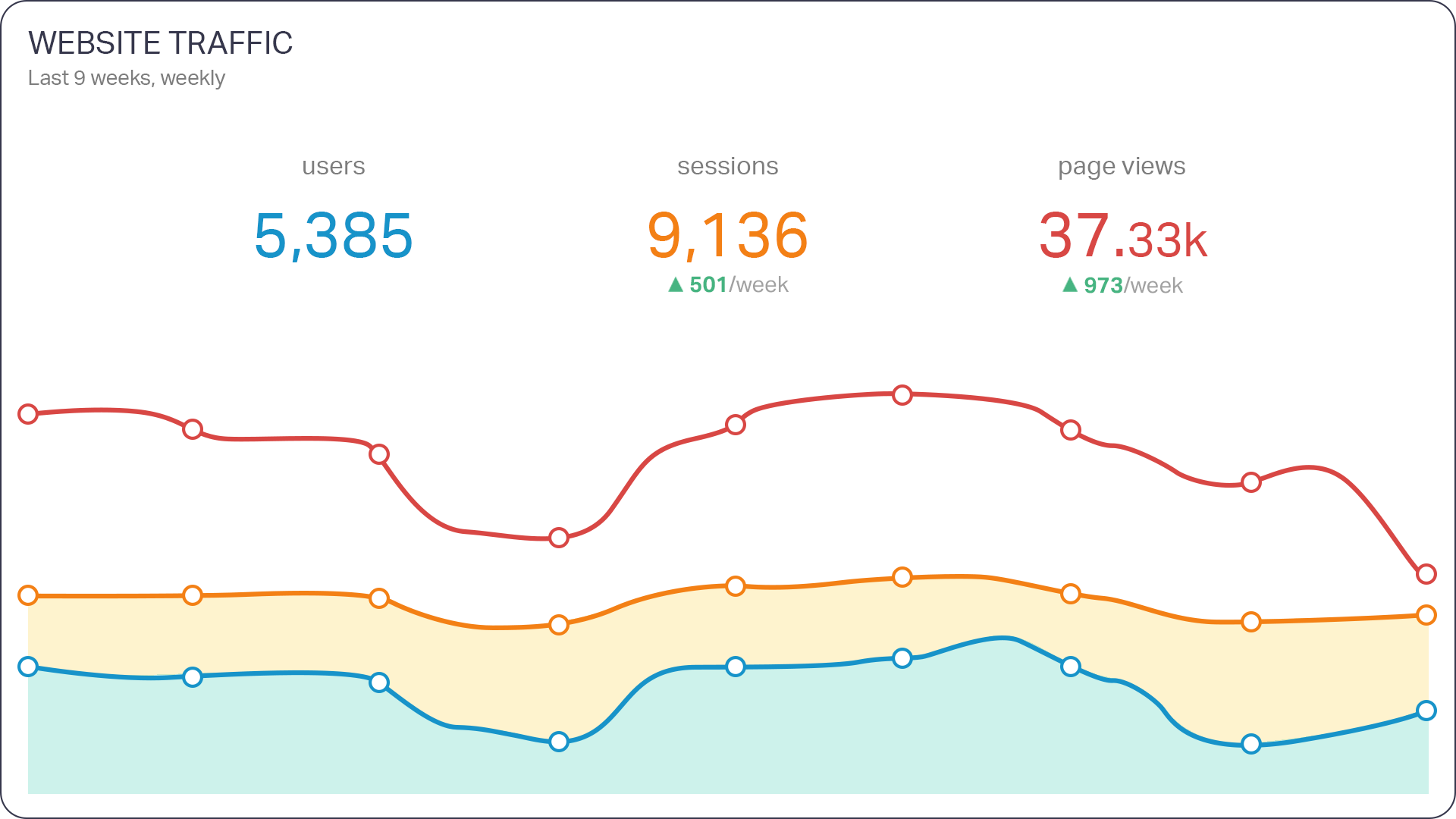
As there are multitudes of factors that get you ranked on SEO, it’s easy to get overwhelmed by all the work that needs your attention. Or the ones that feel important but might not be (at least, not right now).
Paring it down to goal setting by targeting milestones versus big goals can help you focus on building a stronger plan around your current standing and not get deterred by the tidal wave of info.
What’s the SEO milestone you want to hit right now? Plan around it.
Start by setting up Google Analytics or Google Console to give you a better picture of where you currently stand. This will tell you your strengths (that you should reinforce) and areas you need to do better on so you can adjust your priorities.
From there, you can assess how well you’re doing with your SEO goals and create action steps that can get you moving forward.

When you know you’re expecting visitors, the first thing you do is sweep through the house and tidy up.
So before Google pokes around on your website, you need to do an in-house inspection of your current standing and fix what needs fixing to get ranked higher on the SEO algorithms.
There’s no “perfect” time to upscale your site. Whether it’s still in the works or currently active, the perfect time to start cleaning up is now.
SEO is nothing without keywords. So include sorting out these 2 things while straightening out your site.


To improve your page, apply search engine crawlers, like Google Search Console (under their “Core Web Vitals” feature) on your pages to get a list of things that might need work. This can mean:

From there, you can create a to-do list so you can plan how you can level up your webpage. For fresh websites, you can keep tabs on these components so you can avoid them altogether. Learning from other’s footnotes is a nice little shortcut to a successful website.
On-Page optimization is applying SEO strategies on your page. Here are some things that need scrutinizing:




As backlinks are a key ranking factor, you might want to look into building a solid number of mentions.
No matter how pretty you make your page look, Google won’t be impressed unless testimonials of your credentials are validated by getting linked to other content related to your brand.
With enough backlinks, you gain domain authority. This means you’re a trustworthy resource and that wins you precious brownie points in the ranking.
To build backlinks you can:
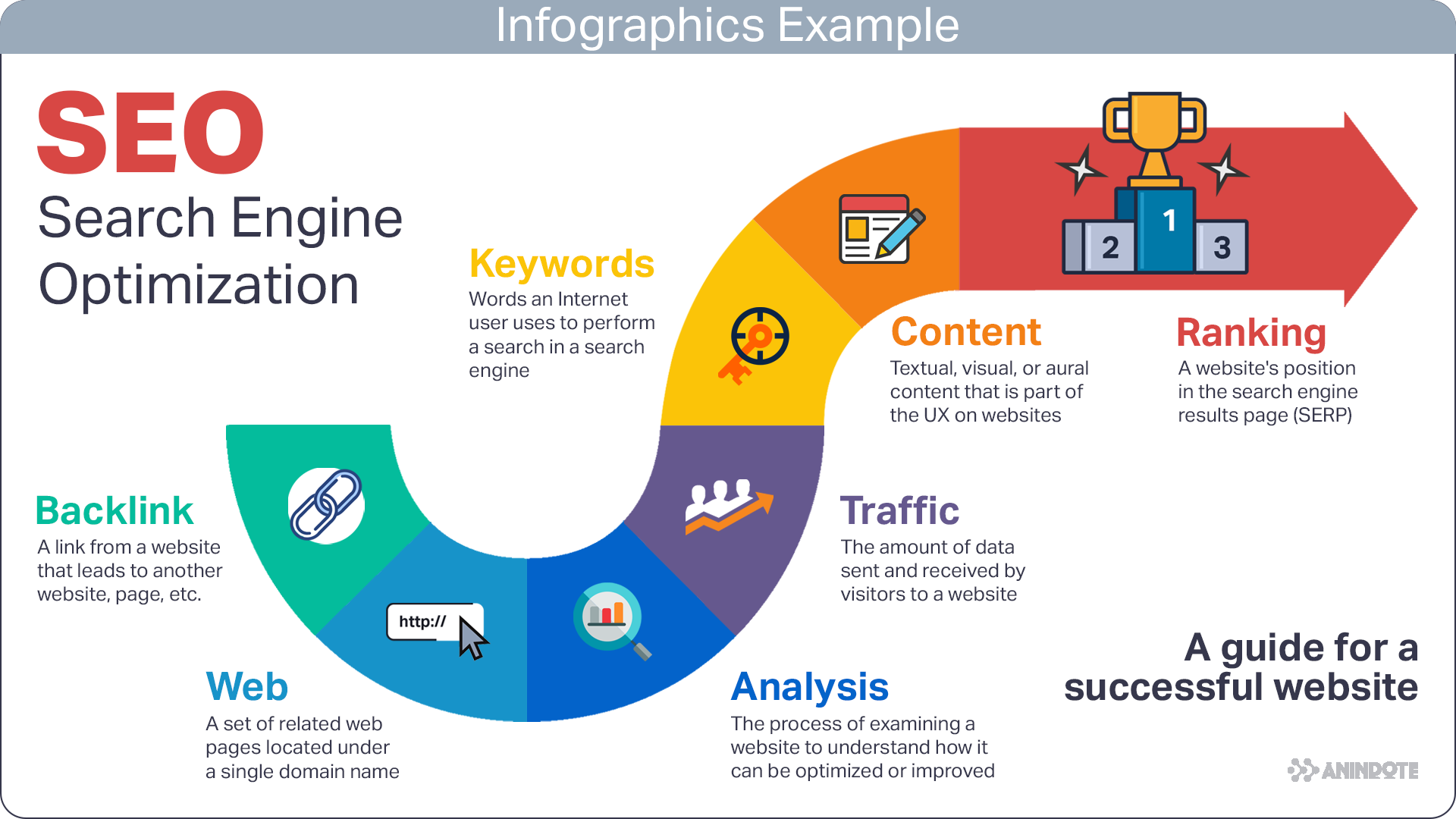
You can also use internal links of associated or related topics in your articles. Subtopics are helpful for readers who need more details about certain points in your content. Internal backlinks also positively contribute to your ranking putting you in a better spot.
Long-tail keywords feature four or more words in the search. Often, these are phrases instead of just solitary buzzwords.

Pros: It’s better to rank for long-tail keywords because they’re harder to use in the content, so competition is thinner compared to 2-word keywords where it’s easier to blend in your write-up.
It’s easier to be the bigger fish in a smaller pond, after all.
Cons: It’s harder to use in content. However, once you get the hang of it, the pros definitely will outweigh the cons. At the same time, you can always hire expert content writers that can target more challenging keywords.
In choosing long-tail keywords for your brand, simply type related words to Google, and auto-suggest will do the rest. Other trusty sources are Ahrefs keyword explorer and Google keyword planner.
Go ahead, search which ones you can use on yours.
Featured Snippets is a Google feature where it highlights a short section with the best answer to a query.
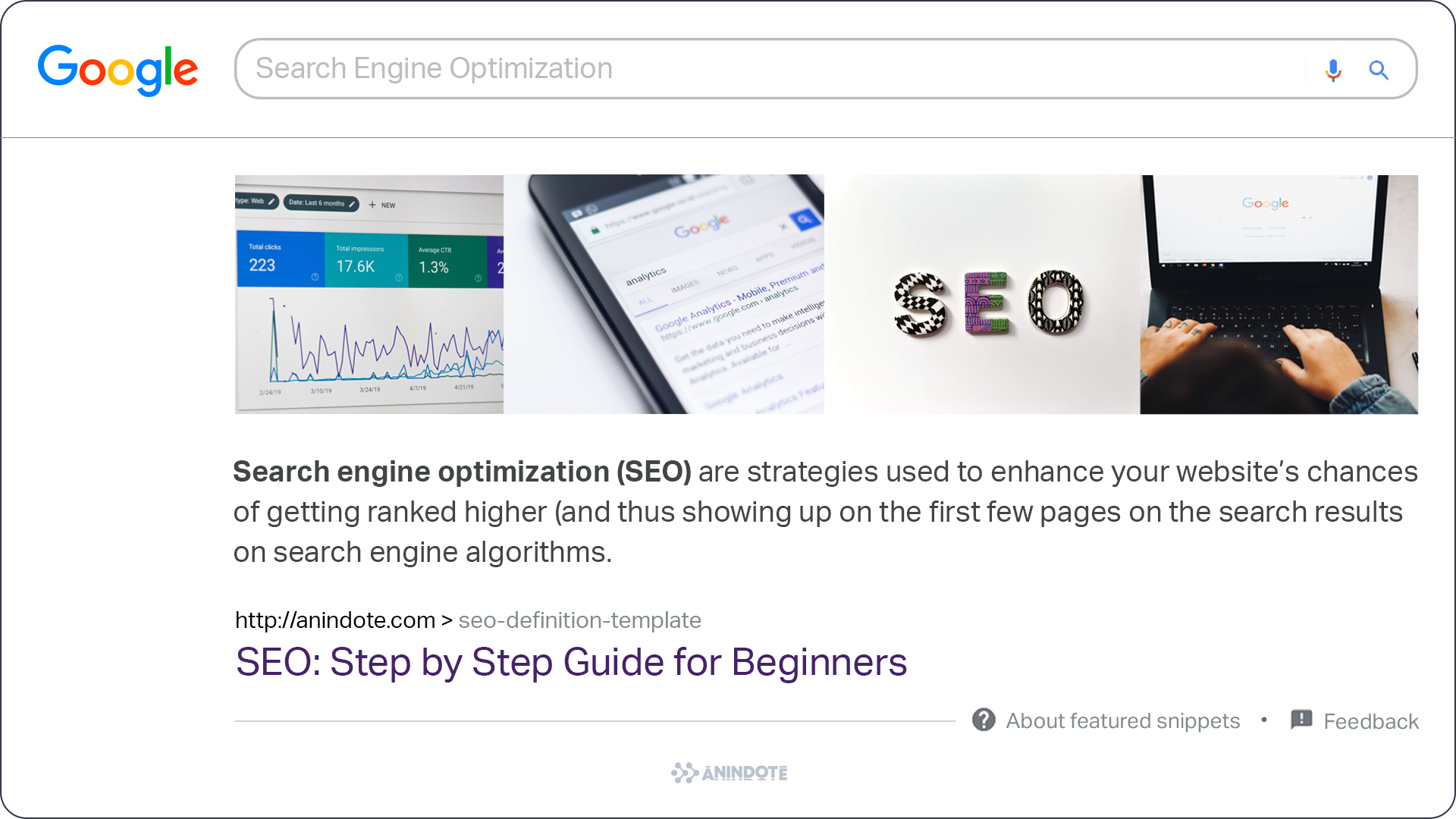
It trumps top organic searches and showcases more of the content on the search which makes it more likely for people to click on.
Snippets are the most direct or useful answer to search questions — to which there are different types: paragraphs, lists, tables, and videos.
You notice how sometimes when you Google how to do something and right under your search box is either the exact instructions in numbers or a YouTube preview? That’s it. That’s a Featured Snippet.
To get a chance to grab that Number 1 coveted spot, you have to:
Unsurprisingly, Google has developed an even more intuitive matrix called Passages which aims to rank and look through specific sections on every page for relevant info.
Unsurprisingly, Google has developed an even more intuitive matrix called Passages which aims to rank and look through specific sections on every page for relevant info.
Mind that it doesn’t disregard other ranking factors like your overall ranking or the optimization of your page as a whole. Just that you get another way to rank your content.
You’re probably wondering, “So how do I go about ranking better with Passage?”
Put a premium on long-form content. Longer content gets ranked higher anyway, so it’s hitting two birds in one. Then section your topic with distinct subtopics (don’t forget to use H3 headers) to get pulled for Passages ranking.
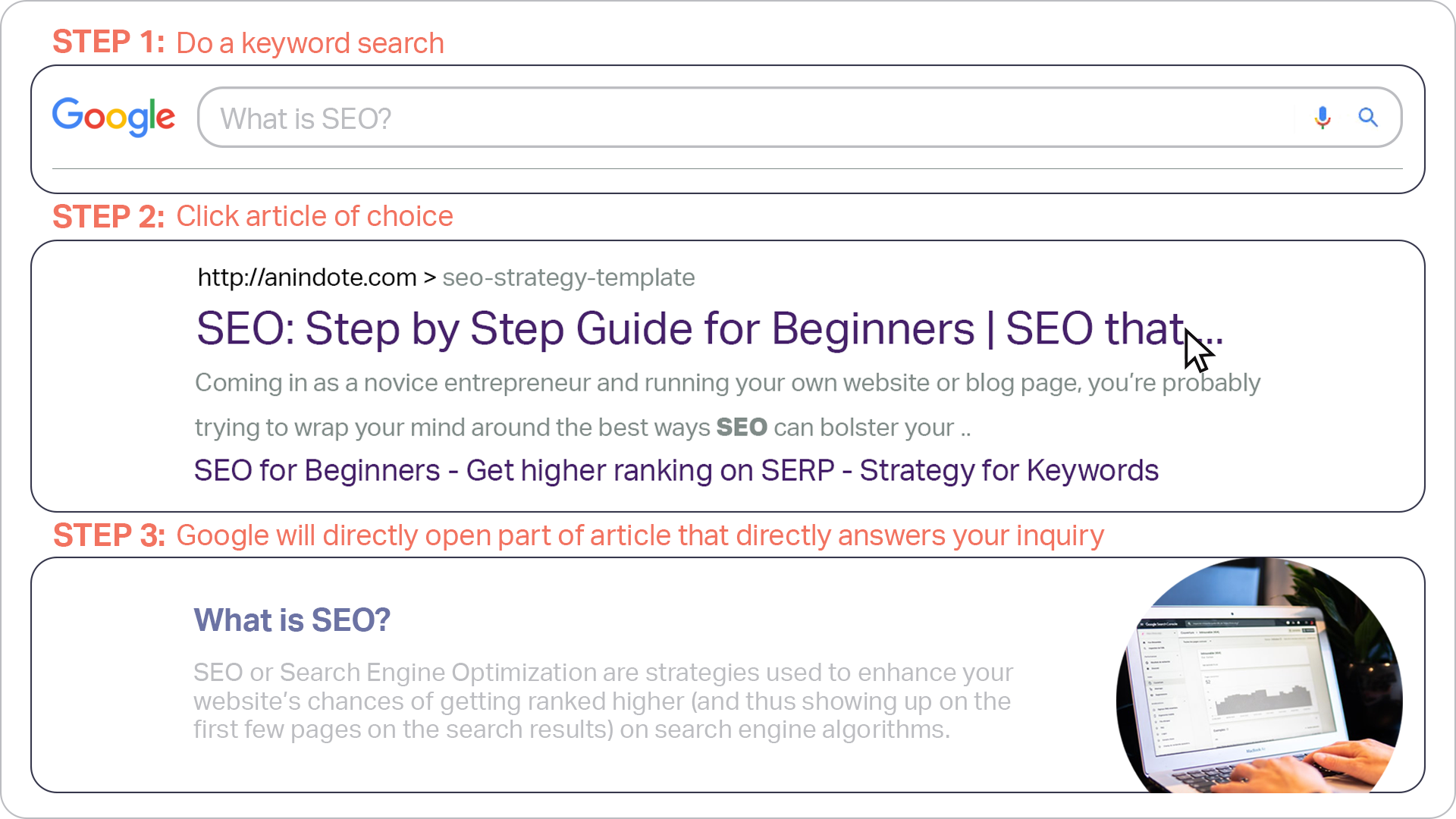
With long-form content, you not only have an edge on SERPs but also allow you to maximize the use of backlinks and the use of other types of Featured Snippets. Cluster similar topics and whip it up to be a one-stop-shop for that particular subject.
The first thing that people usually register on ads and billboards is the visual aspects of the content because humans are just wired to process visual content faster than written words. Even better, we retain them for longer.
Captivate your visitors with a layout that’s clean, easy to read, and interactive. Statistics support the science behind data visualization with the increase of infographics used in marketing strategies across all types of businesses.

Tying it back to your SEO goals, visually enhanced content can not only increase your UX but also make your marketing pitch work better.
Through images and infographics, you can set your page up to also get better engagement. Not to mention it’ll look even better when shared on social media (and draw in even better traffic to your site).
On top of that, visual searching is warming up to be a contender for the best way to search for information with your mobile devices.
Give your content a chance to contend on SEO visual triggers by future-proofing your page.
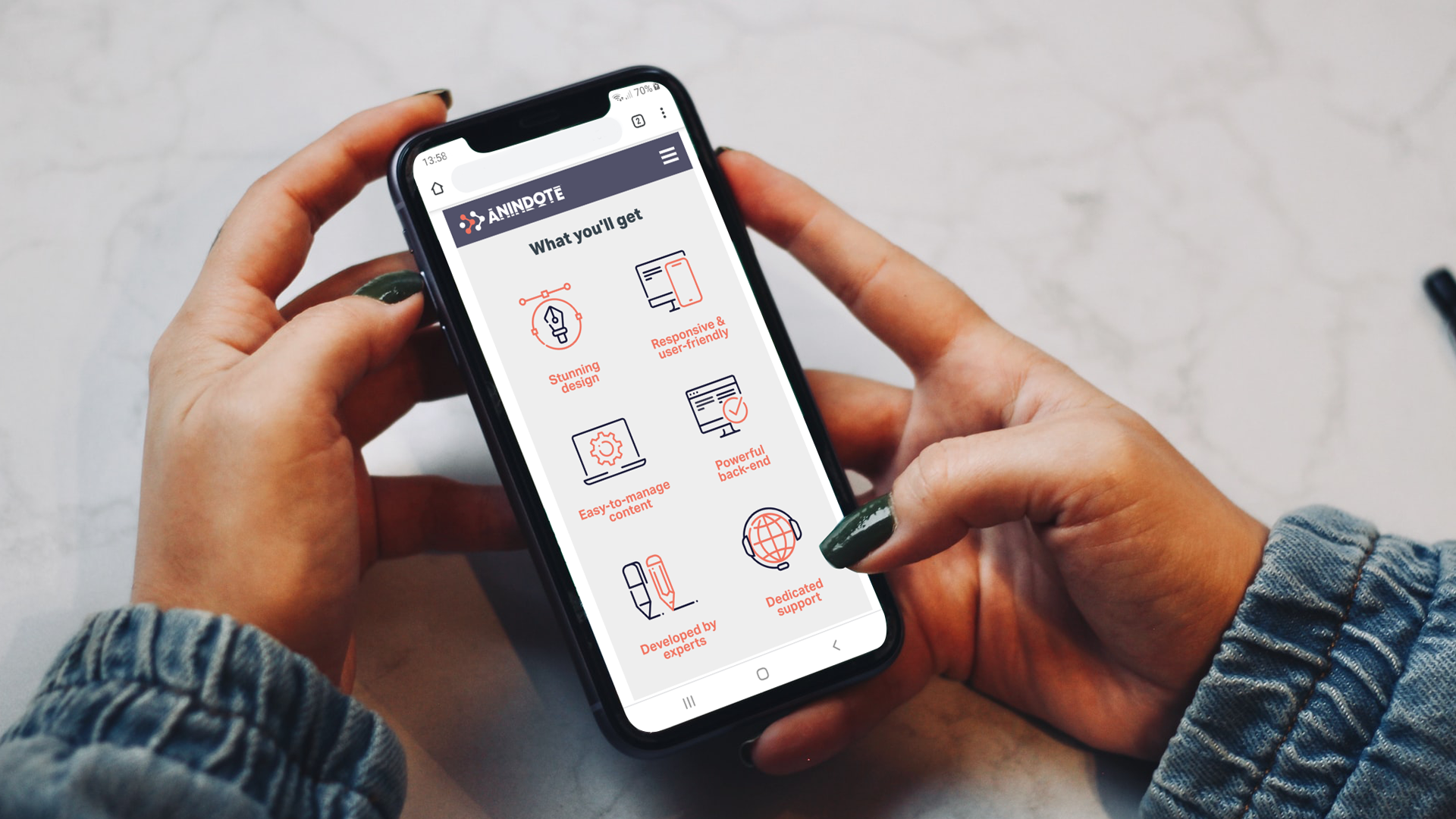
Why are videos worth adding?
Adding videos is another way to make your pages more engrossing. Some people prefer watching videos rather than reading, so offering them this option can only be a plus to your website.
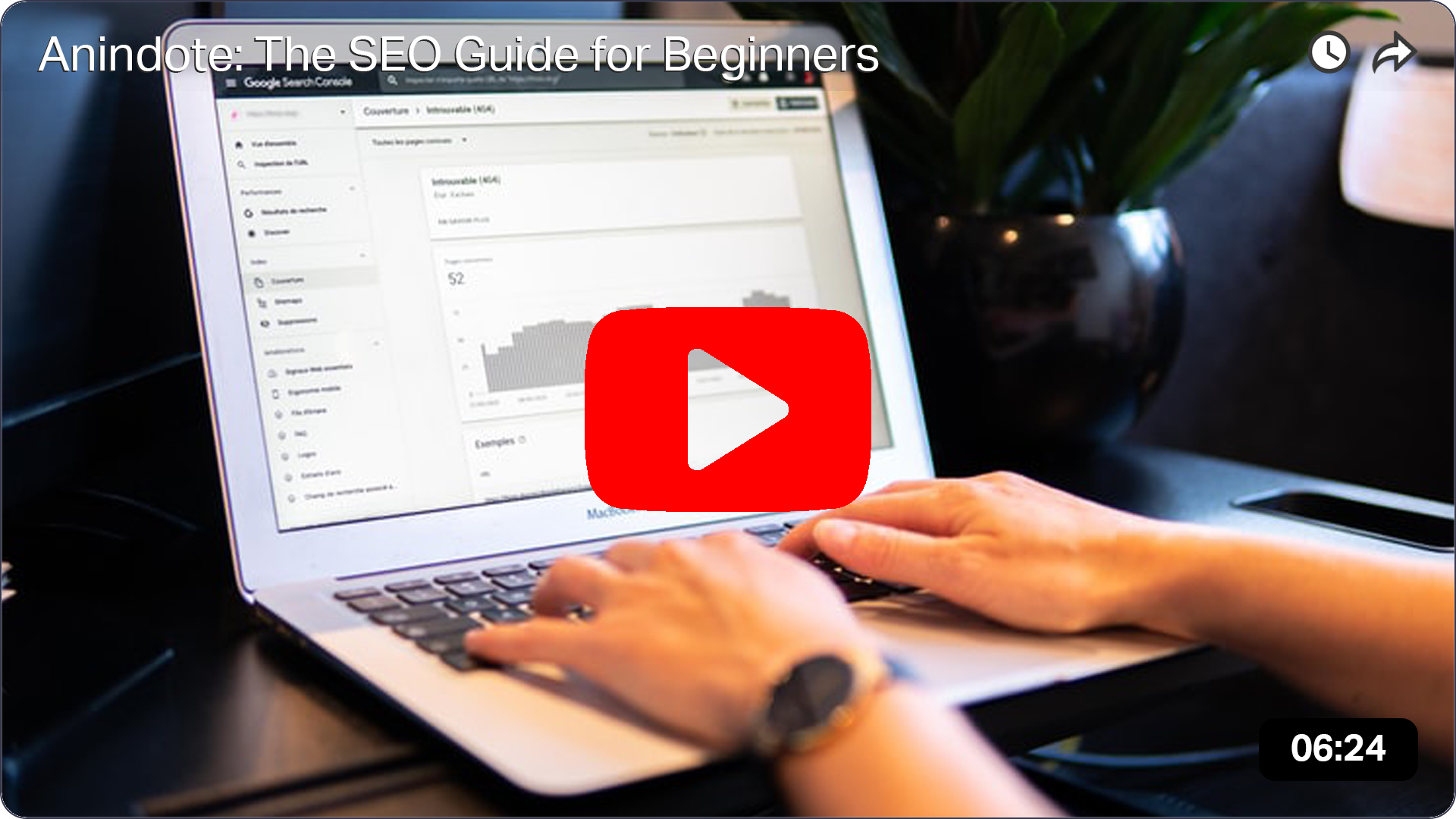
By combining texts, images, and videos in your content you get better chances at getting scraped by search bots that polish your ranking.
Videos also play a part in amping your link-building. Your videos can be linked and referenced to other content of similar topic spheres if you make it fun and informative enough.
Your page also benefits whenever viewers hang out for longer periods. Google also tracks how long visitors stay on a page. And what better way to keep your visitors glued to your page than a cool video about your product/services?
To optimize your page with videos:
In layman’s terms, Domain Authority is how relevant a page is based on its ranking on search engines. The higher the score, the more likely it is that the page shows up on the first few pages of SERPs.
It’s determined through: credibility and prestige of the brand and its authors, the quality of info (how helpful your content is, how complete, and how accurate), site activity, and how you fare against the competition (other sites from the same sector).
Since the August 2018 Google update, the importance of E-A-T has been reinforced as a bigger factor in the ranking. At a time where a lot of unvalidated information circulated the web, Google cinched on accurate content (specifically on the medical field, but eventually affected all scopes).

E – Expertise
A – Authoritativeness
T – Trustworthiness
Google wants to serve facts, and so website managers should consider upping their fact bomb game.
To hit the marks for EAT, you can either gather better research materials to give your content a more solid foundation or hire experts in your field to author your content. Google rewards content written by licensed or certified experts in the topic as they are more reliable.
For example, medical content written by a healthcare professional would look more trustworthy versus an article written by an unknown author.
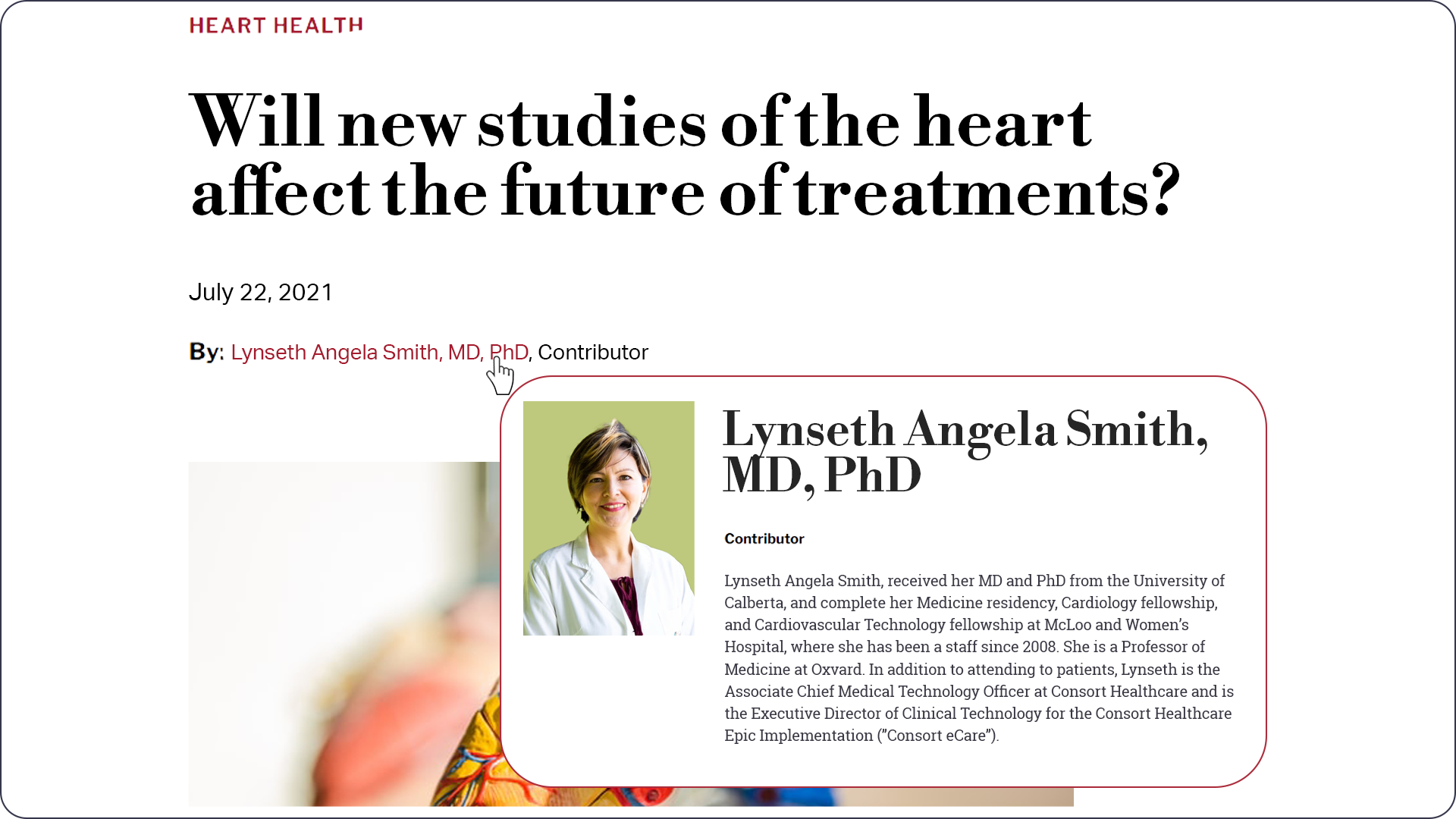
Having said that, another way to validate your sources is to be transparent. Write a thorough About page for your brands and your crew. Make your terms and policies easy to find, along with your company’s contact details. When outsourcing, credit where you got them from.
But the best way to get acknowledged is by getting cited for more content. Most of Google’s evaluation is done off-site. This means every backlink you acquire is another medal of honor in Google’s eyes.
What are people searching for? Why are they searching for them?
These are the things you want to keep in mind when planning out your content. You know your keywords, but you also need to know the intent behind the searches so you can accommodate the demand.
Identify if your keyword searches are usually intended to buy a product or service, to learn more about something, to look something up, or just to compare stuff.

Touch base with your audience and create content that matches the need EXACTLY.
Are the results mostly showing lists? Then make more extensive lists. Are results usually in table form? Make comprehensive but easy-to-read tables.
Not sure where to start? Transform old content to fit the requirement to renew its use in generating traffic on your website.
As Google (and other search engines) grows, so should we. With more intuitive technology comes updates on the ranking algorithms.
If you want to keep playing in the field, you have to keep up.
Rankings and penalties constantly change, and to maneuver your site to the standard (and exceed expectations, too, hopefully), you have to know what they are as soon as they are implemented.
Stay on the positive sphere by following and subscribing to industry authority social media, forums, and newsletters. It’s the fastest way to get alerted for impending updates.
For these, you can hang out at Google Search Console Community or Google Search Liaison. There are lots of benefits in joining the community and sharing experiences and know-how.

Keep on your toes for SEO updates and news as well, because they are the building blocks to your ranking.
Track your ranking at all times with Google Analytics or SEMrush to be better informed of your standing. Having more data will allow you to make better decisions for your website.
Bonus Tips:

And that’s it! We’re done!
Did you keep tabs? Here’s the summary of our takeaways:
SEO or Search Engine Optimization is what pages do to show up on the search results page. This is done by:
Using keywords
Providing excellent User Experience (UX)
The credibility of your content
Readability of your write-up
SEO is important because:
Creates more traffic for your page
It’s the most cost-effective marketing strategy
It’s there for a long time
SEO Tips
Write Quality Content
Determine YOUR Key Metrics
Clean Your Page Up
Edit old content
Validate backlinks
Improve existing content
Weed out useless content
Add subtopic content
Remove duplicates
Re-structure messy URL
Fix error pages
Take out whatever slows your page down
Get Technical with On-Page Optimization
LSI keywords
Metadata optimization
Title tags
URL structuring
Content length and structure
Body copy
Links
Excellent UX
Build Relevant Backlinks
Rank for Long-tail Keywords
Google’s Featured Snippets
Types: Paragraph, Lists, Videos, and Tables
To get better chances to be featured, you can:
Use keywords you’re already ranking for
Improve your overall ranking
Check Ahrefs “organic keywords”
Write 40-60 character descriptions for Paragraph Snippets
Apply H2 and H3 headers for List Snippets
Make easy-to-understand graphs and tables for Table Snippets
Google Passages Ranking
Capitalize on Visual Content
Videos on Content
What is Domain Authority?
Up your EAT game (Expertise, Authoritativeness, Trustworthiness)
Get better resource materials for your content
Get experts in your field to write your content
Be transparent: write a thorough About page, display your contact info, credit your sources
Get cited by other pages
Search Intent Mindfulness
Keep Tabs on Google Updates
Bonus:
Use mid-range rank keywords VS the highest-ranking ones for better chances of ranking higher.
Be Human.
Looks like you’re all set to gear your page up for SEO that works! It’s up to you to map out your road to success with these tips.
But if you’re still unsure how to go about setting up an SEO-ready website, help is available with Anindote. We offer free website check-ups and consultations.
For website support and services, check us out here!

Good day! I just wish to give you a huge thumbs up for your excellent information you have got here on this post. I am coming back to your blog for more soon.
Anonymous
Mar, 20 2022 at 6:48 pm
Most of what you claim happens to be surprisingly accurate and it makes me ponder why I had not looked at this in this light previously. Your article really did turn the light on for me as far as this particular subject matter goes. Nonetheless, there is 1 factor I am not really too comfortable with, and whilst I attempt to reconcile that with the central idea of the issue, permit me to see what all the rest of the readers have to say. Very well done.
Anonymous
Jun, 5 2022 at 5:29 pm
Fantastic web site. Lots of useful info here. I am sending it to some friends ans also sharing in delicious. And obviously, thanks for your sweat!
Anonymous
Jun, 10 2022 at 5:43 pm
An impressive share! I have just forwarded this onto a friend who had been doing a little homework on this. And he actually bought me dinner because I discovered it for him… lol. So allow me to reword this…. Thank YOU for the meal!! But yeah, thanx for spending the time to talk about this issue here on your site.
Anonymous
Jul, 4 2022 at 2:09 pm